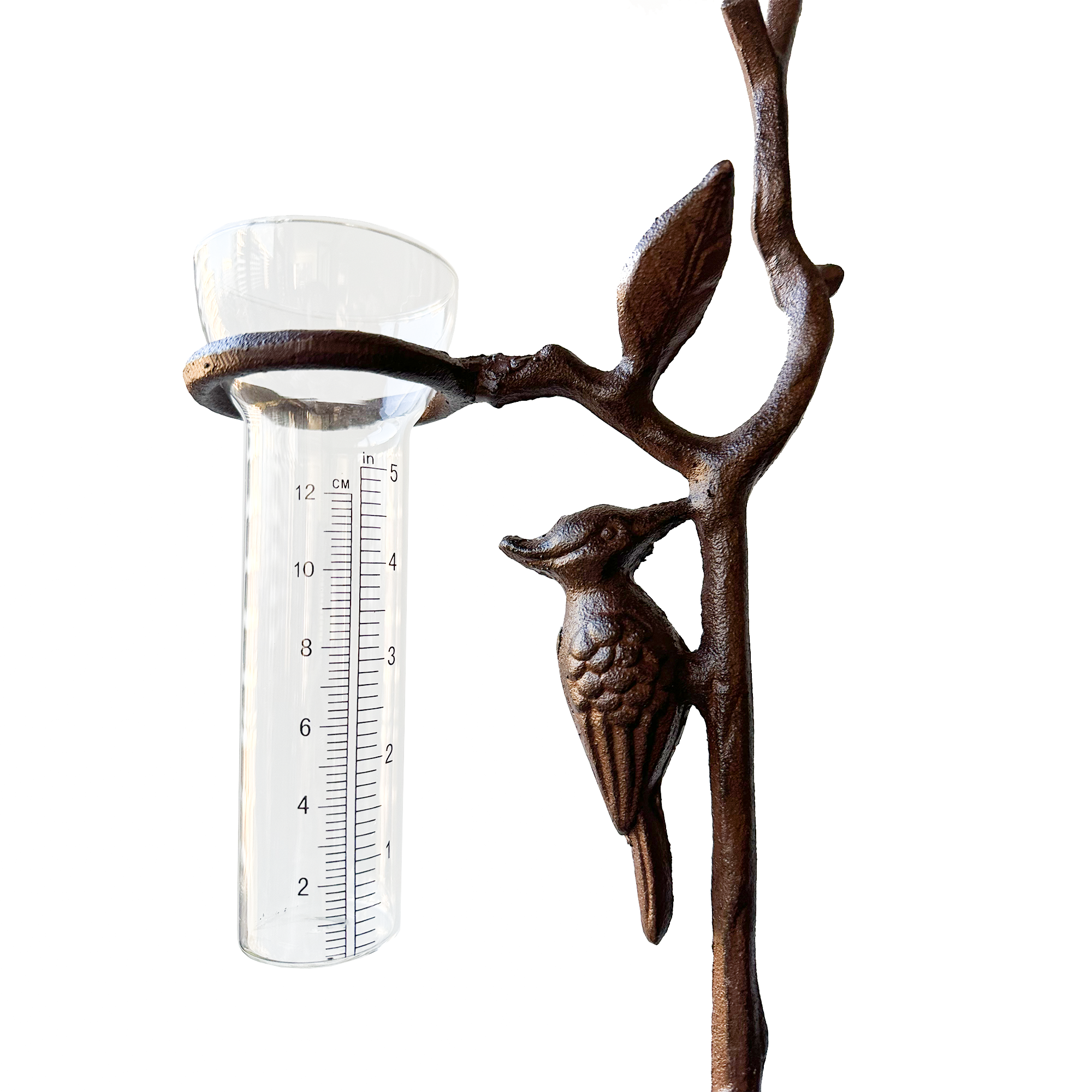Leading Attributes to Seek in a High-Quality Rain Gauge for Your Yard
Leading Attributes to Seek in a High-Quality Rain Gauge for Your Yard
Blog Article
Introducing the Scientific Research Behind Rainfall Gauges: Exactly How These Instruments Play an Important Function in Climate Research and Ecological Monitoring
Rain assesses, relatively simple gadgets, hold a profound value in the world of environment study and environmental monitoring. As we peel off back the layers of this clinical veil surrounding rainfall gauges, we discover a globe where precision, data precision, and careful monitoring assemble to introduce a much deeper understanding of our changing climate and its impact on the planet.
Significance of Rain Scales
Rainfall evaluates play an essential role in tracking and measuring rainfall degrees, supplying vital data for environment research study and analysis. These devices are fundamental in measuring the quantity of rainfall that occurs in a particular location over a certain duration. By gathering and gauging rainwater, rainfall gauges deal beneficial understandings right into the circulation and intensity of precipitation, aiding meteorologists, hydrologists, and climatologists in recognizing climate patterns and trends.
Among the key factors why rainfall determines are crucial is their capability to supply local and accurate information. Unlike satellite or radar-based dimensions, which use broader monitorings, rainfall assesses offer exact info specific to the place where they are placed. This local information is important for different applications, consisting of flood forecasting, drought monitoring, and water source administration. Additionally, long-lasting information accumulated from rain gauges assists in assessing climate modification effects and patterns, contributing significantly to clinical study and decision-making procedures. Essentially, rain assesses work as crucial devices in the area of weather forecasting and ecological science, playing an important role ahead of time our understanding of climate and climate characteristics.
Types of Rain Gauges

Performance and Procedure
In the world of environment research and atmospheric researches, the effectiveness of rainfall gauges lies in their intricate performance check out here and exact functional systems. Rainfall gauges are created to precisely measure the amount of precipitation that falls over a details location during a collection period.
The performance of rainfall gauges is based upon the concept of gauging and collecting rainwater in a standardized fashion. This accumulated information is vital for recognizing neighborhood weather condition patterns, tracking long-term climate trends, and assessing environmental effects. To guarantee exact measurements, rainfall evaluates requirement to be strategically put in open locations far from blockages such as buildings or trees that might hinder the collection process.
The operational element of rainfall assesses includes routine maintenance to avoid debris accumulation, calibration checks to maintain dimension precision, and information taping for analysis (rain gauge). Generally, the performance and procedure of rainfall assesses are important for collecting trusted rainfall data crucial to climate study and environmental surveillance
Role in Climate Research Study
Given the essential significance of accurate rainfall dimensions in comprehending climate patterns and environmental impacts, the function of rainfall assesses in climate research is important. Rainfall evaluates give important data for environment research study by evaluating the quantity of rainfall that falls over a details area during a given period. This data is essential for keeping an eye on long-lasting fads in rainfall patterns, examining the influence of climate modification on rainfall circulation, and enhancing climate models.

Environment researchers use information collected from rain assesses to analyze variants in rainfall levels, determine regional climate trends, and examine the efficiency of water source administration strategies. By contrasting historical rainfall data with present measurements, scientists can detect shifts in rainfall patterns, such as changes in the frequency or strength of rains events. This info is important for understanding just how climate change is affecting precipitation dynamics and can help policymakers make notified decisions pertaining to adaptation and mitigation approaches.
Applications in Ecological Monitoring

In flood projecting, rainfall scale data helps to track rains intensity and circulation, enabling authorities to provide prompt cautions and take required procedures to minimize flooding risks (rain gauge). Drought monitoring counts on rain gauge information to assess wetness degrees in the soil and track precipitation deficits, assisting in the identification of drought-prone locations and the application of drought action approaches
Additionally, rainfall gauge data plays a vital role in water resource monitoring by giving details on water accessibility and use fads. Additionally, in farming, rainfall scale information aids farmers in maximizing irrigation schedules, crop choice, and overall ranch monitoring techniques based on regional rainfall patterns.
Conclusion
In final thought, rain evaluates are vital tools for measuring precipitation, offering beneficial data for environment study and environmental monitoring. With numerous kinds and functionalities, rain evaluates play a crucial role in understanding rainfall patterns and their influence on the atmosphere. By properly measuring rainfall, these tools add to the innovation of scientific expertise and aid in making notified choices associated to water resource management and calamity readiness.
Rainfall gauges play an essential function in tracking and measuring rainfall levels, supplying important data for environment research study and analysis. The conventional rain scale, recognized as the "tipping bucket" gauge, is one of the most frequently utilized tools. Ultrasonic rain evaluates use noise waves to discover the visibility of rain, supplying real-time data on precipitation levels.Environment scientists make use of data collected from rainfall assesses to examine browse around this web-site variations in rainfall degrees, identify local climate trends, and review the effectiveness of water resource management strategies.In conclusion, rain determines are crucial tools for determining rainfall, supplying valuable data for climate research study and environmental tracking.
Report this page